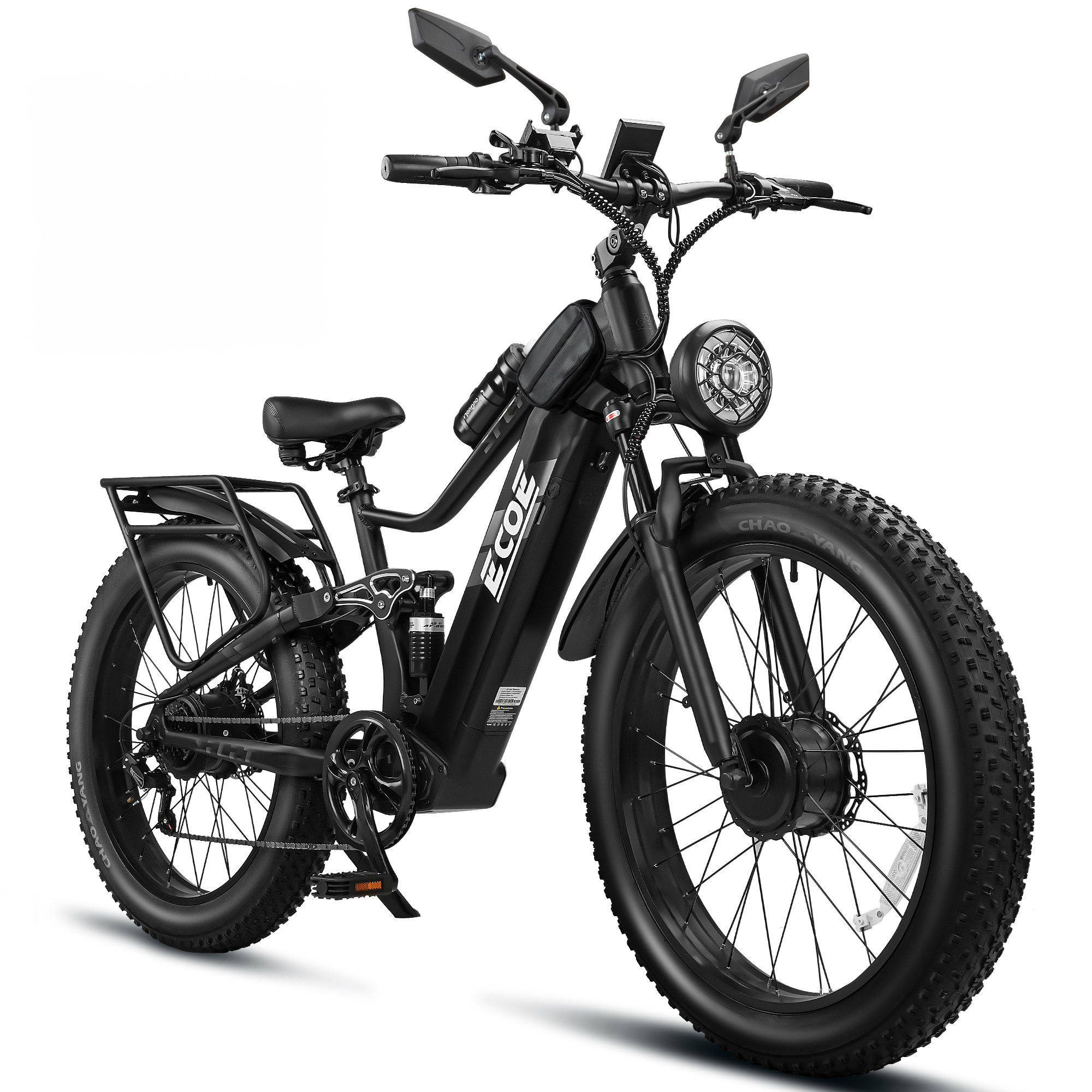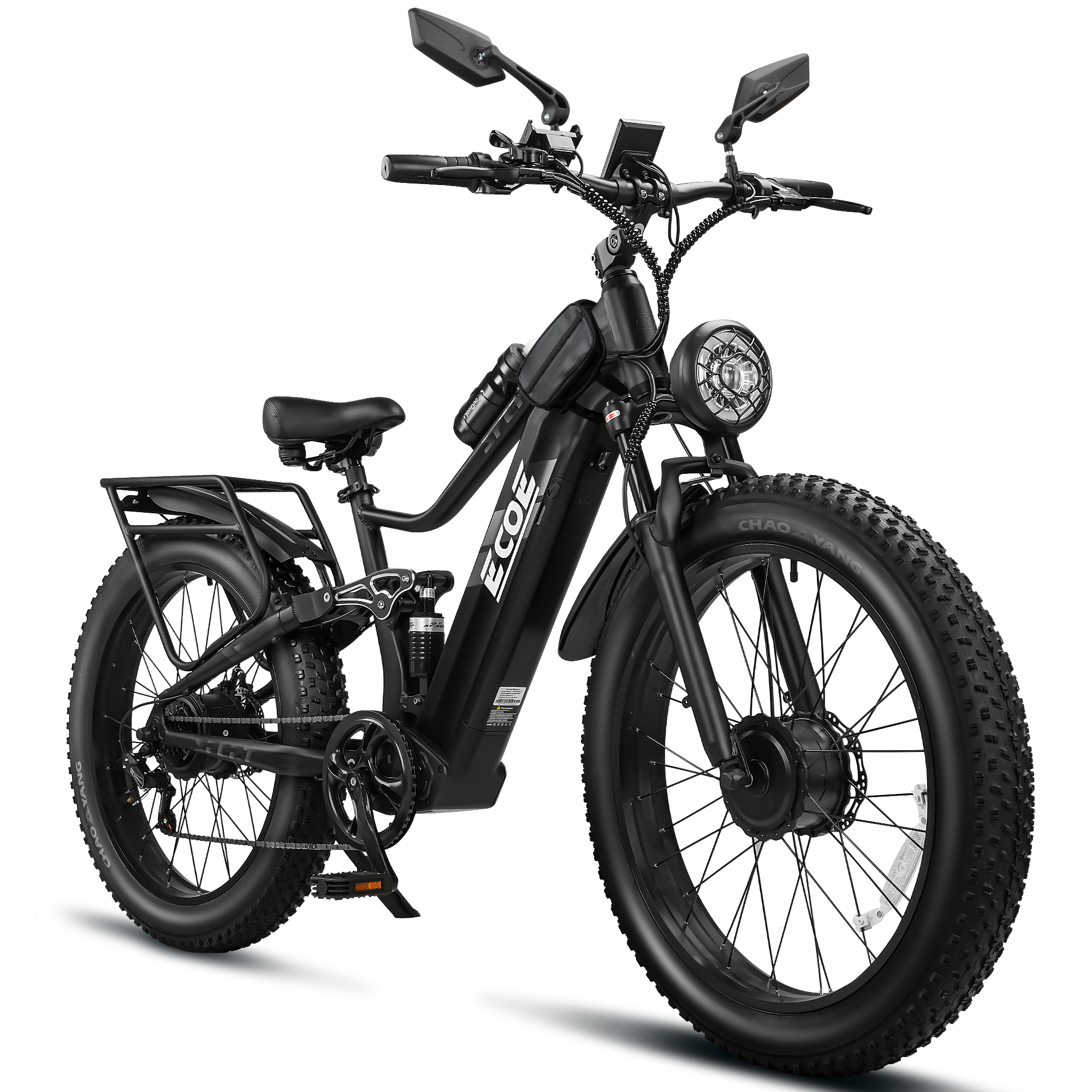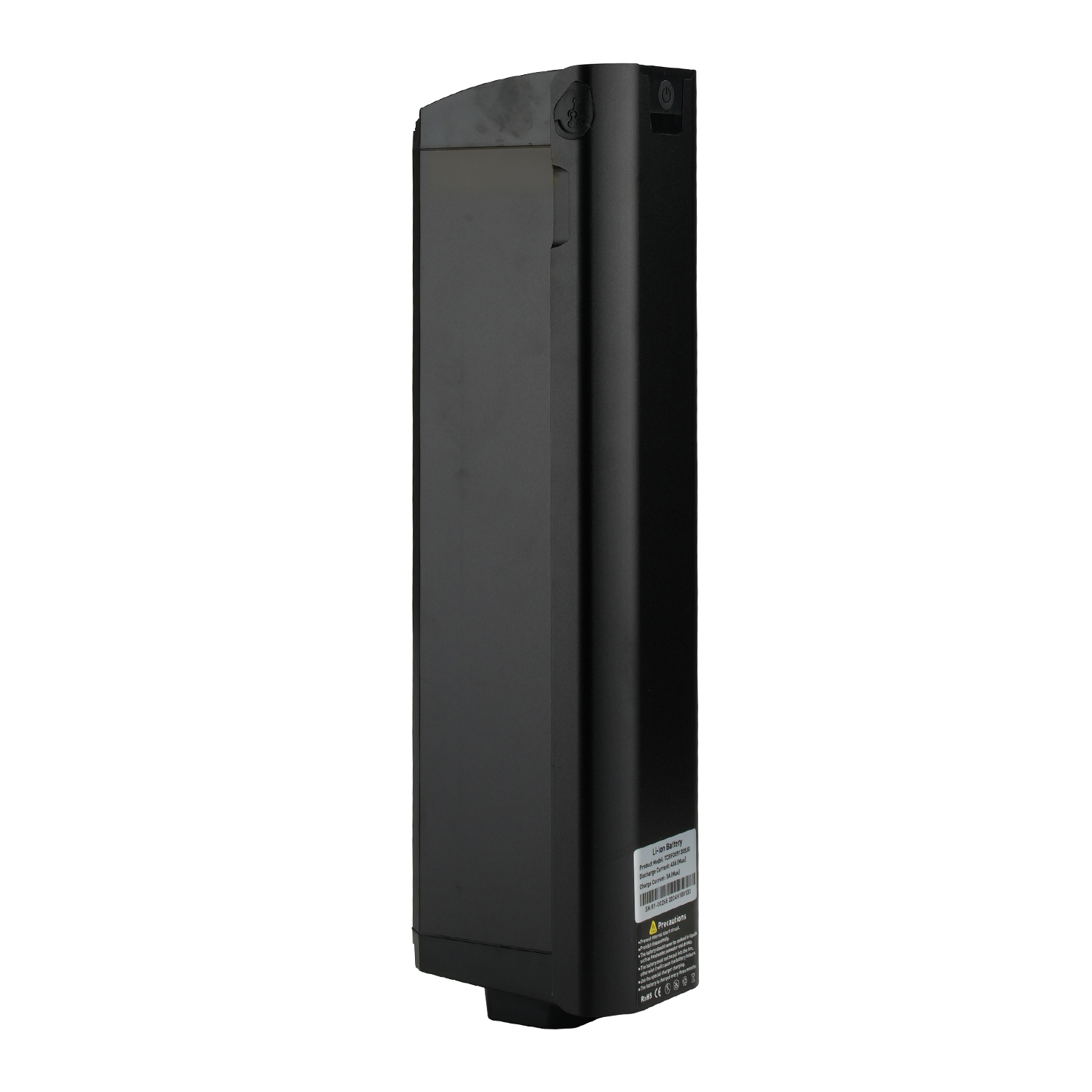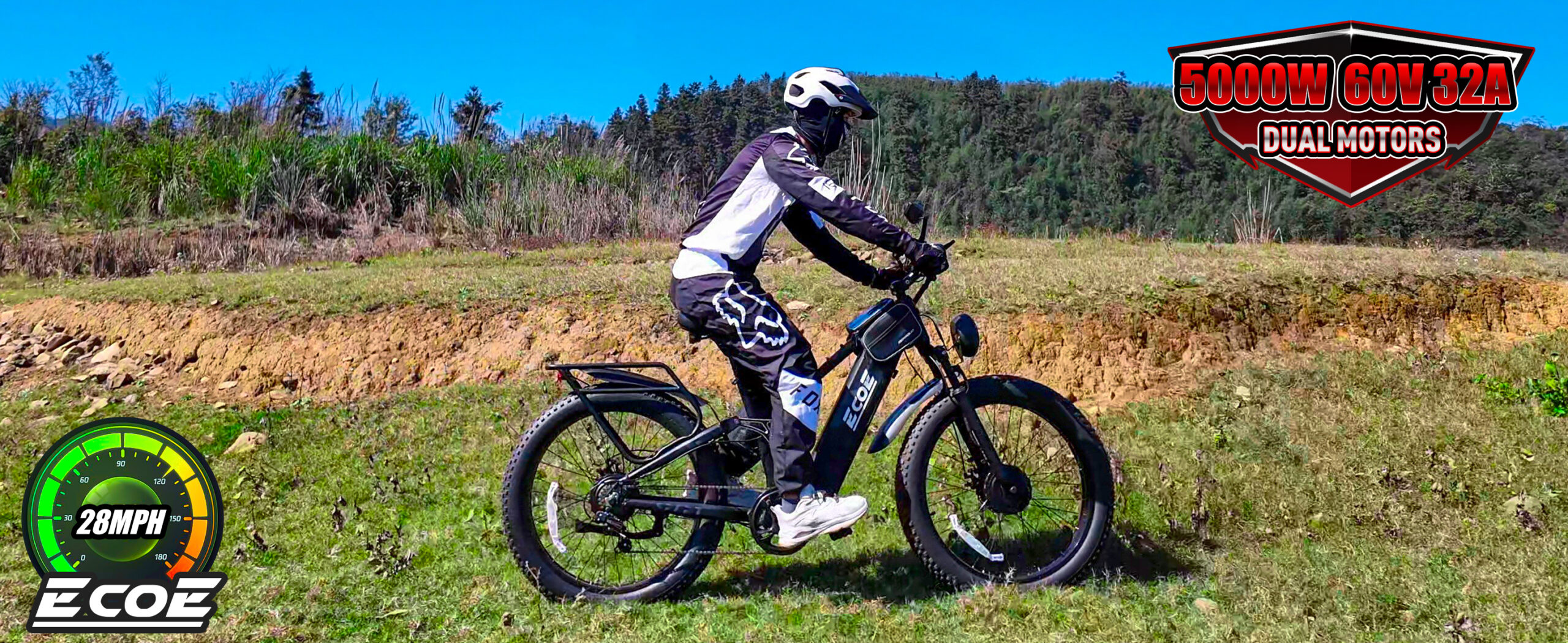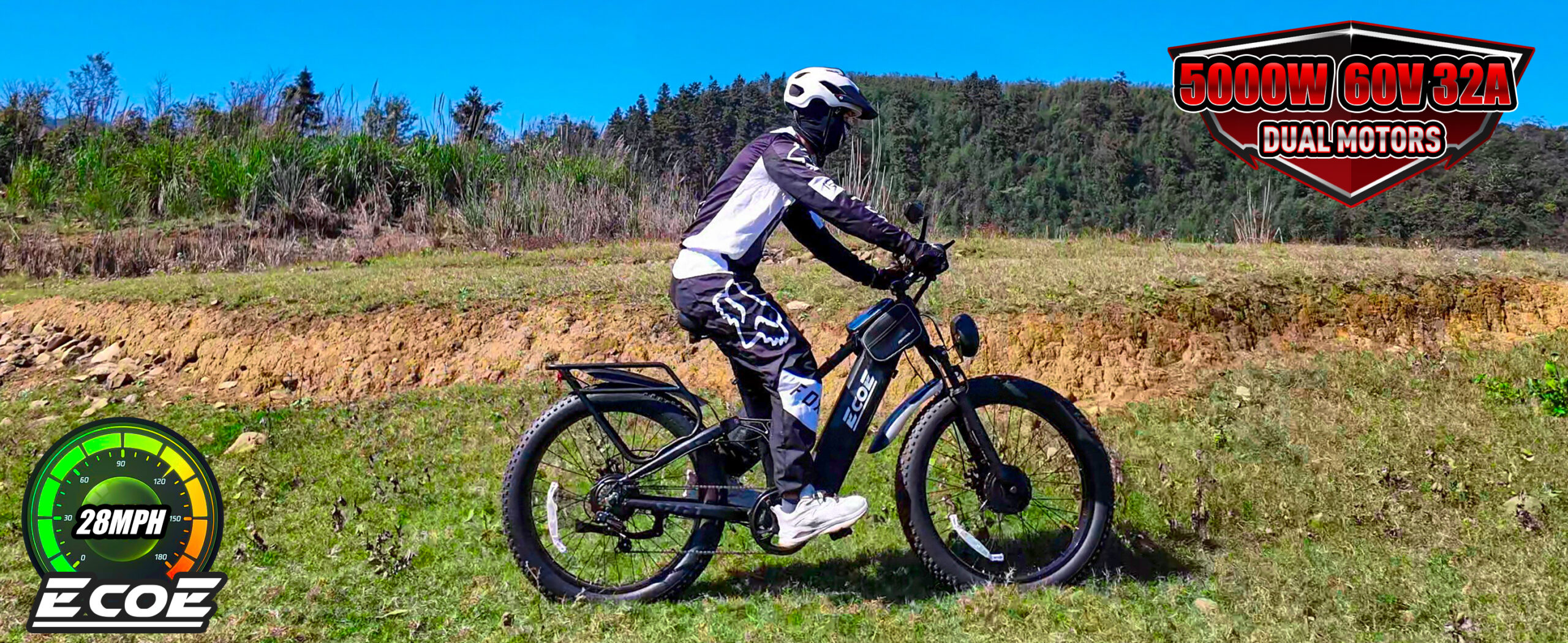Mar 31, 2025
Innovative Electric Bikes for Adults: Technology Trends and Future Insights

The technology of electric bicycles is rapidly advancing, and the modern urban dwellers’ demand for smart transportation is fueling the rise of innovative designs. From more efficient battery technology to intelligent interconnectivity systems, electric bicycles are undergoing a technological revolution. We have delved into the latest trends in electric bicycles and, combined with the real experiences of cyclists worldwide, explored how these technologies will impact future urban transportation. In this process, we have also taken note of the innovative contributions of brands like EcoE Electric Bike in promoting green travel.
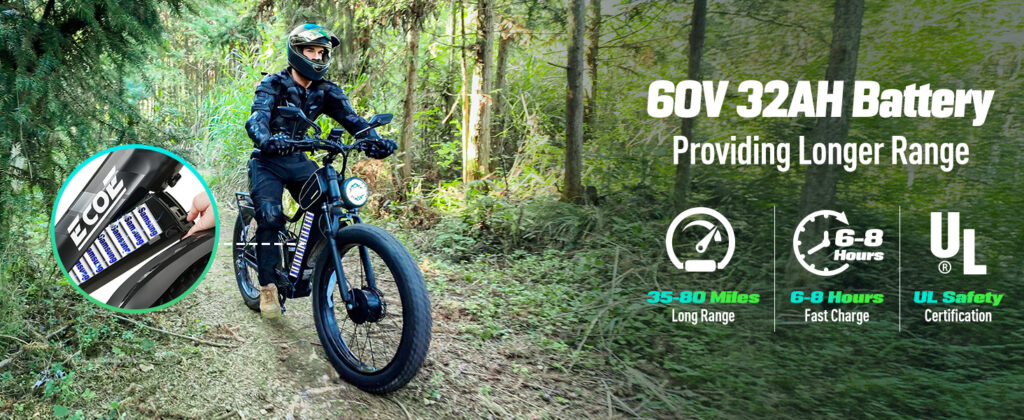
Looking back at electric bicycles from just a few years ago, most were merely simple combinations of a motor and battery, offering limited assistance and primarily relying on pedal power. Today, however, high-end electric bicycles on the market are equipped with intelligent control systems, automatic gear shifting, optimized battery management, and can even be remotely controlled via smartphone apps.
Mike, a member of our team who used to commute on a traditional bicycle, recently got an electric bicycle with a smart system. He said, “At first, I thought an electric bicycle was just a regular bike with an added motor. I didn’t expect it to come with features like GPS, remote locking, and automatic speed adjustment. It has completely transformed my commuting experience.”
The introduction of intelligent systems has turned electric bicycles from mere means of transportation into true “smart mobility devices.” For instance, many new models come with adjustable assistance modes that can automatically adjust power output based on the rider’s habits and terrain, saving energy and enhancing riding comfort.
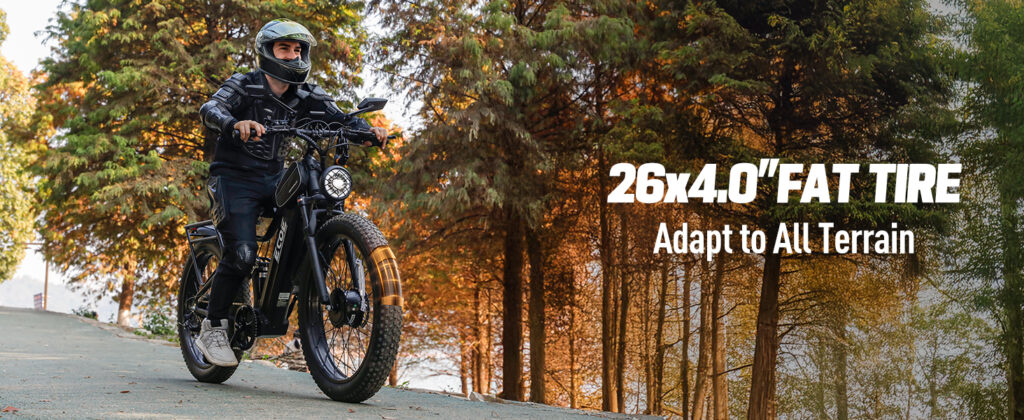
Battery technology is one of the key factors affecting the performance of electric bicycles. In the past, the range of electric bicycles was always a major concern for users. However, in recent years, with the advancement of solid-state batteries and fast-charging technology, battery performance has been significantly improved.
A few years ago, the range of an average electric bicycle was around 30-40 miles. Today, some high-end models can achieve a range of 80-100 miles on a single charge. For example, a cyclist from Los Angeles shared his experience online: “My new electric bicycle uses a high-density lithium battery, which has increased the range by nearly 50% compared to the old model, and the charging time has been halved. It truly achieves ‘charge once and last for days.'”
More importantly, the new Battery Management System (BMS) can monitor temperature, charging speed, and health status, preventing overheating and over-discharge, thereby extending battery life. In the future, we might see fast-charging networks for electric bicycles similar to Tesla’s Supercharger stations, making charging as quick and convenient as refueling.

Weight is an important factor affecting the user experience of electric bicycles, especially for daily commuters. Lightweight design can greatly enhance convenience. Traditional electric bicycles mostly used conventional aluminum alloy or steel frames. Nowadays, however, more and more high-end brands are adopting materials like carbon fiber and titanium alloy, reducing the overall weight of the bicycle by over 30% while maintaining the same strength.
We tested an electric bicycle with a carbon fiber frame. Compared to the traditional aluminum alloy model, it was nearly 6 kilograms lighter, yet still felt stable and sturdy during riding. In the urban cycling community, lightweight design has become a standard feature of high-end electric bicycles. Many users have reported: “It’s so much easier to carry it upstairs now, and pushing it around doesn’t feel tiring at all.”
Moreover, foldable design has also become a popular trend. Many new models of electric bicycles support one-touch folding, making it convenient to store in subways, buses, or the trunk of a small car. This improvement greatly enhances the commuting flexibility of electric bicycles, making them truly adaptable to modern urban life.
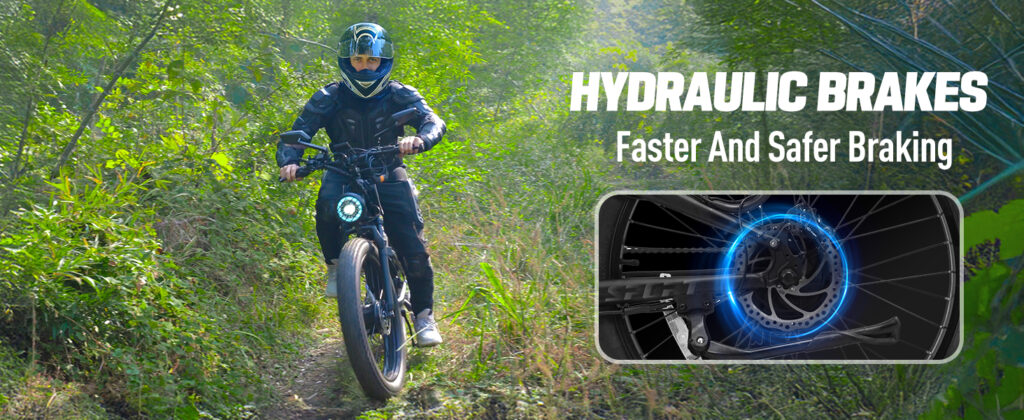
In the past, the only difference between electric bicycles and regular bicycles was the addition of a motor and battery. Now, however, interconnected smart systems are completely transforming this industry. Many new models of electric bicycles already have smartphone app connectivity, allowing riders to check battery levels, adjust assistance modes, set speed limits, and even remotely lock the bicycle to prevent theft.
A cyclist from New York once shared his story on a forum: “One time, I parked my bike outside a coffee shop, and someone tried to steal it. Fortunately, I received an alert on the app and could remotely lock the motor, forcing the thief to give up in frustration.”
In addition to the anti-theft function, the smart interconnectivity system can also provide real-time navigation, cycling record analysis, and automatic cruise control functions, bringing the user experience of electric bicycles closer to that of modern smart cars. Some brands are even beginning to experiment with AI-assisted systems that can automatically adjust power assistance based on the user’s riding habits, further optimizing energy consumption and power performance.

With the continuous advancement of technology, the future development direction of electric bicycles is exciting to anticipate. Based on current trends, we can foresee the following:
Autonomous driving assistance: In the future, there may be electric bicycles equipped with self-balancing systems and even partial autonomous driving functions, enabling “hands-free riding” in specific environments.
Wireless charging technology: If wireless charging technology matures, the charging method for electric bicycles will become even more convenient, and it may even be possible to charge while riding.
Modular design: Future electric bicycles may allow users to freely replace batteries, upgrade motors, and adjust tire types, making customization possible.
Stronger eco-friendly materials: With the push of environmental policies, more brands may use recyclable materials to manufacture frames and battery casings, reducing environmental impact.
In this technological revolution, brands like EcoE Electric Bike are driving the development of electric bicycles towards smarter and more efficient directions. These brands focus not only on performance and design but also on creating sustainable urban transportation.
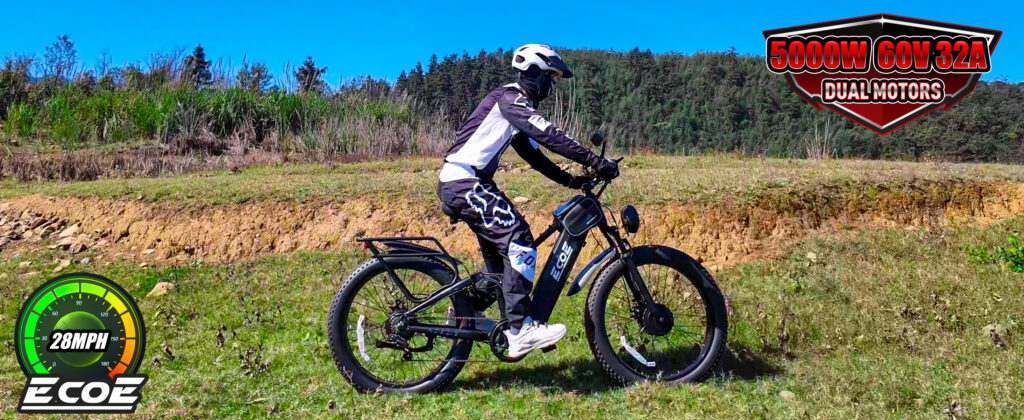
Ultimately, we believe that electric bicycles are not just a commuting tool but a part of the future urban transportation landscape. From smart interconnectivity to more efficient energy management, they are gradually changing our way of getting around, making cycling simpler, greener, and more tech-savvy.
So, are you ready to embrace this smart mobility revolution?
Leave a comment
Please note, comments need to be approved before they are published.
当前文章评论已关闭。

